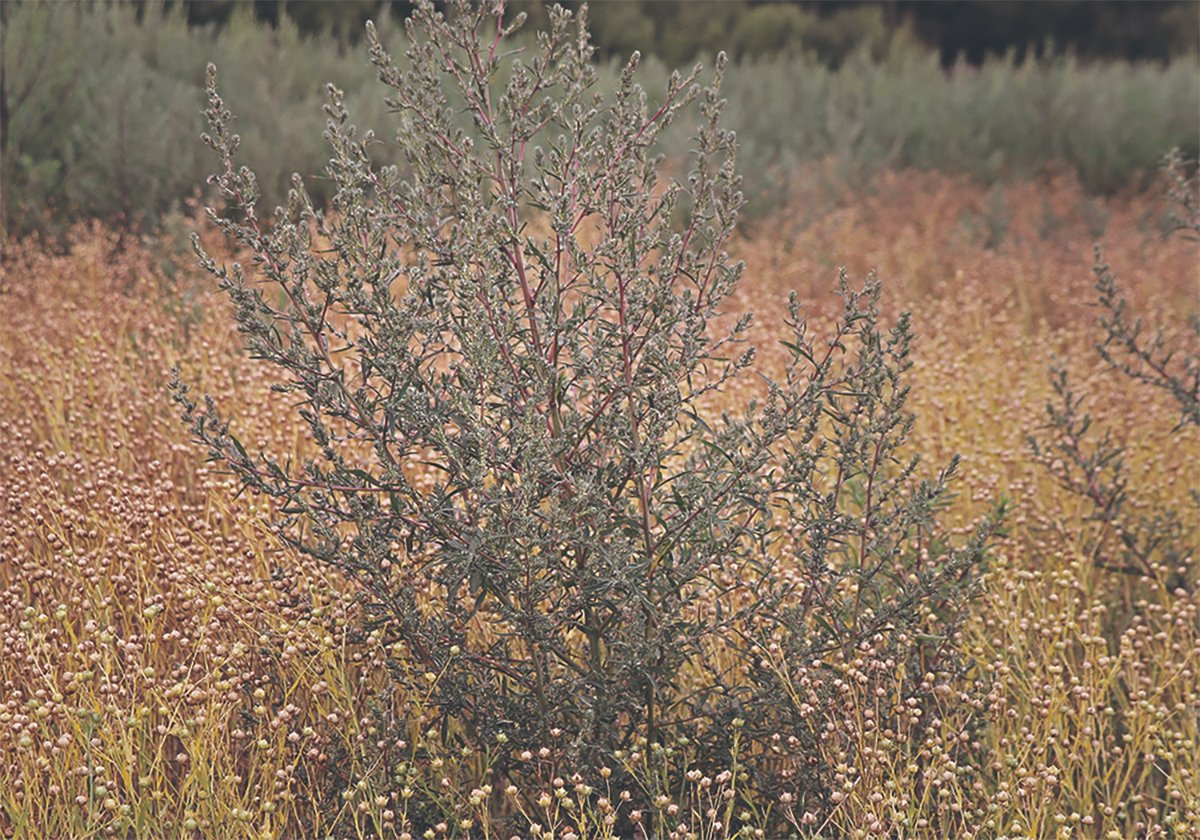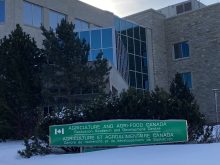The combined enthusiasm of First Nations for agriculture, mixed with added interest from government and industry, is creating exciting opportunities, despite continued barriers.
That enthusiasm was on display during FHQ Development’s two-day, Indigenous Agricultural Innovation Conference held virtually in September.
Attendees heard from a diverse set of speakers, including Melissa Arcand, an associate professor in soil science at the University of Saskatchewan.
Her research focuses on how agricultural management practices and land use can impact soil, and in turn, what that means for productivity. More recently, she’s turned her attention towards First Nations.
Read Also

Kochia has become a significant problem for Prairie farmers
As you travel through southern Saskatchewan and Alberta, particularly in areas challenged by dry growing conditions, the magnitude of the kochia problem is easy to see.
As a soil scientist, she’s working about as close to the ground level as you can get in helping First Nations communities advance their agricultural interests.
Indigenous communities, largely through land claim settlements, continue to expand agricultural land bases. Arcand and others at the conference credit this as being one of the main reasons for a renewed engagement around the role First Nations play in agriculture.
“There are a lot of barriers and gaps in knowledge to fully realizing the potential for Indigenous communities to engage in agriculture on their lands,“ Arcand said during her presentation.
The legacy of the Pass System controlled the movements of people living on reserves, limiting their ability to move around even within their own territories. The Indian Act continues to prevent many First Nations from using lands as collateral to borrow, and the legacy of residential schools (and the failed farm colonies borne out of them) continue to live on.
“As a result, there are massive declines in the number of Indigenous farmers on the Prairies,” Arcand told conference attendees.
While government policies undermined the ability of many First Nations to farm successfully, the land they were provided was often poor for agriculture.
During her presentation, Arcand used a series of maps and soil surveys to demonstrate how the highest quality land across large swaths of Saskatchewan was taken from First Nations and given to surrounding municipalities.
“Many of these lands that were surrendered were the best quality lands,” she said. “So you can think about the lost opportunity of not being able to farm those lands for decades.”
Arcand also demonstrated how prairie reserves were largely left with marginal land to farm while neighbouring communities grew with high-grade soil.
“We had a higher proportion of marginal lands that we were meant to be able to use for agricultural purposes, and try to compete in the larger agricultural sector.”
Add this to the long list of reasons why, despite more than 50 First Nations being located in Saskatchewan’s agricultural region, hardly any farming is done by First Nations, Inuit or Metis people there, or anywhere else.
“First Nations have historically been underserved by the public and private agricultural sector in this province,” Arcand said. “It’s really time to fill in that gap. We need to start collecting data, collecting research that can help to inform our agricultural innovations or agricultural activities.”
This conference, and events like the National Day for Truth and Reconciliation, is to provide a chance for those involved in traditional agriculture to reflect on how they can help create opportunities for economic reconciliation in Indigenous communities across Canada.
Agriculture has the potential to change its legacy of being a colonial tool used to suppress First Nations communities to become an industry leading in reconciliation efforts.
Despite renewed attention to First Nations issues and a supposed dedication to reconciliation, Arcand still needs funding to complete her research.
So, she is searching for potential partners interested in collecting soil information on agricultural land that “can be used to make informed decisions about agricultural land use in developing agricultural activities in Indigenous communities.”
I hope the person reading this right now will consider reaching out to assist Arcand, or others who are engaged in tangible, reconciliatory efforts like this.
D.C. Fraser is Glacier Farm Media’s Ottawa correspondent. Reach out to him by emailing dfraser@farmmedia.com.


















